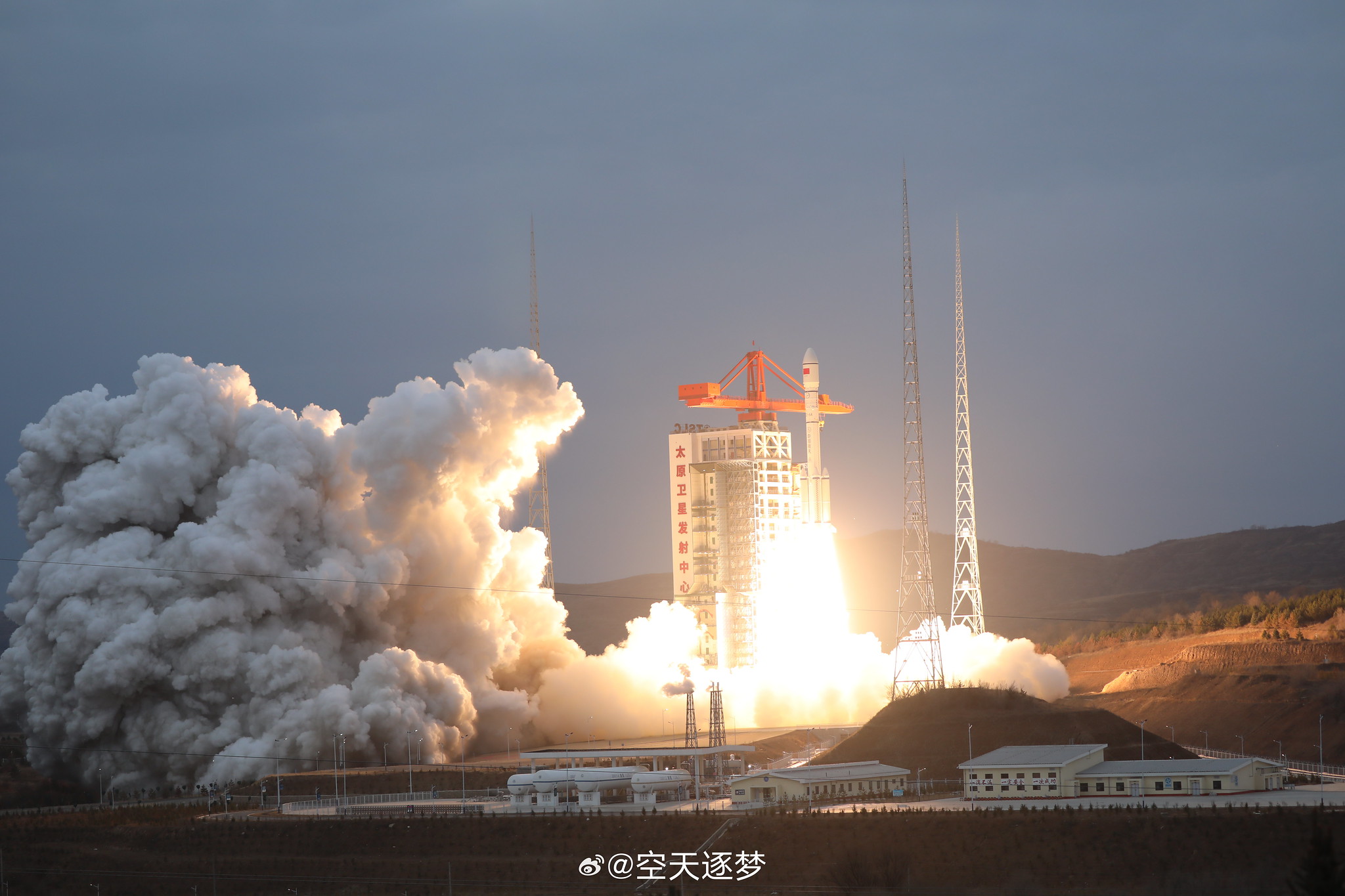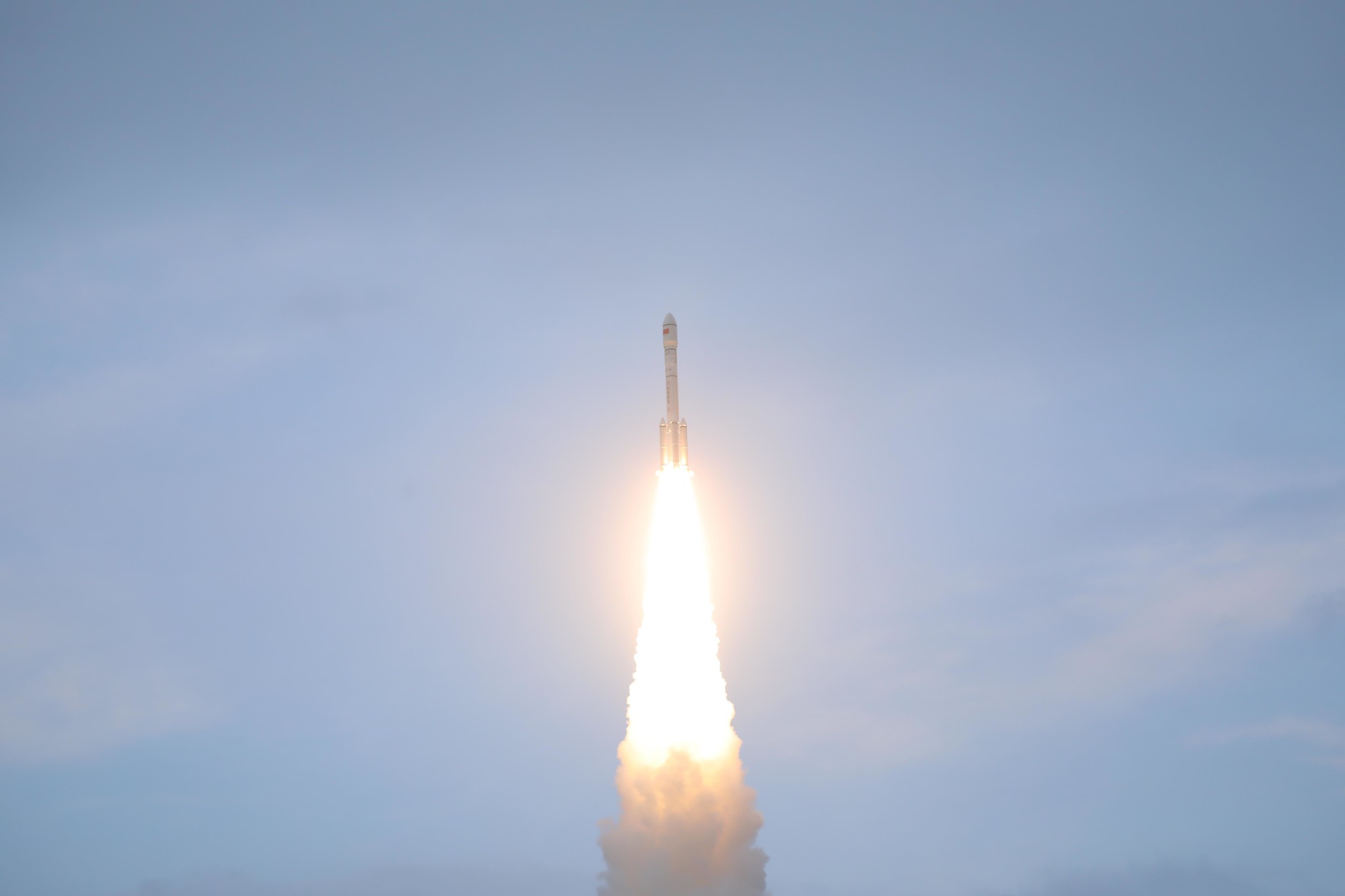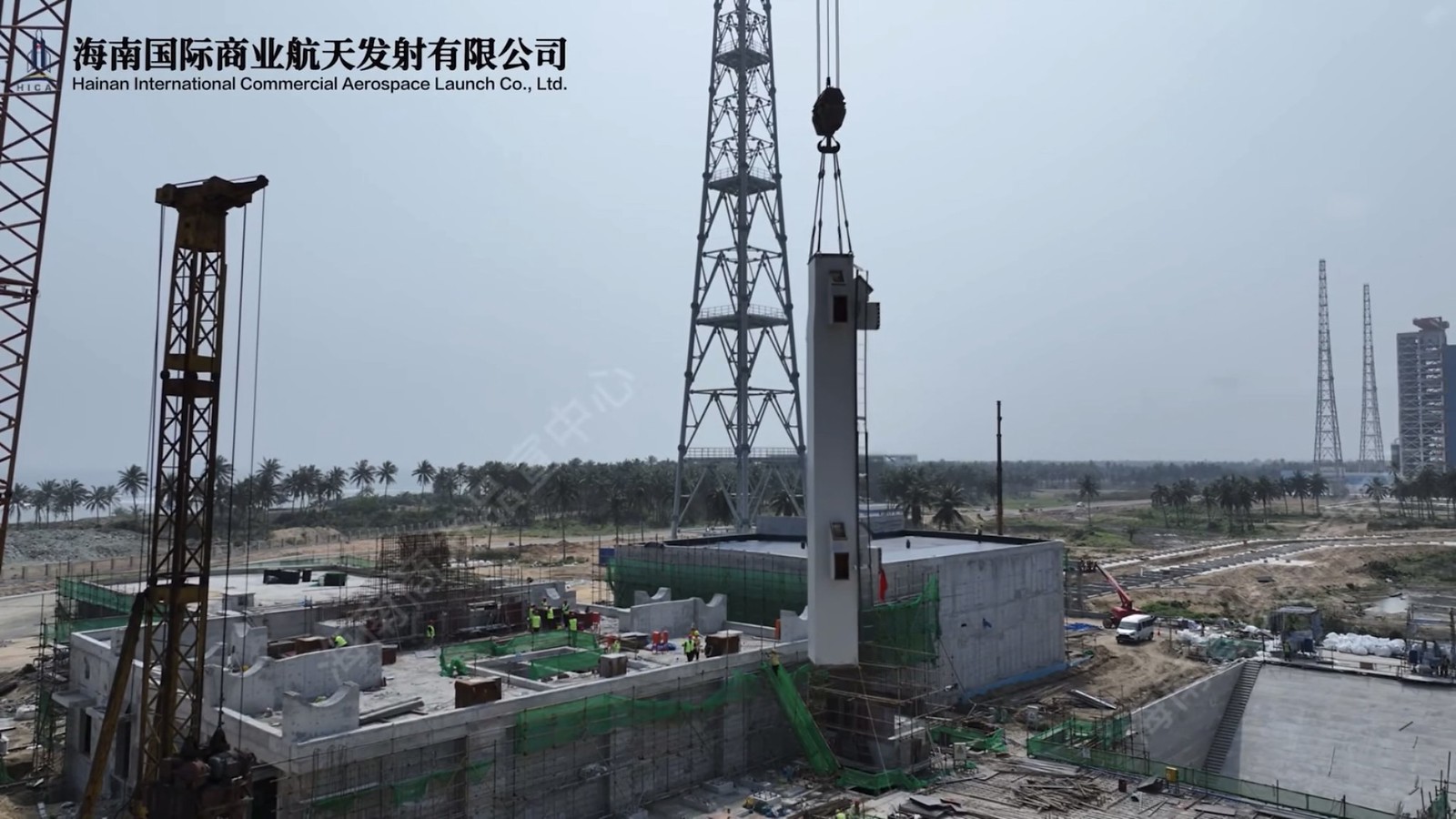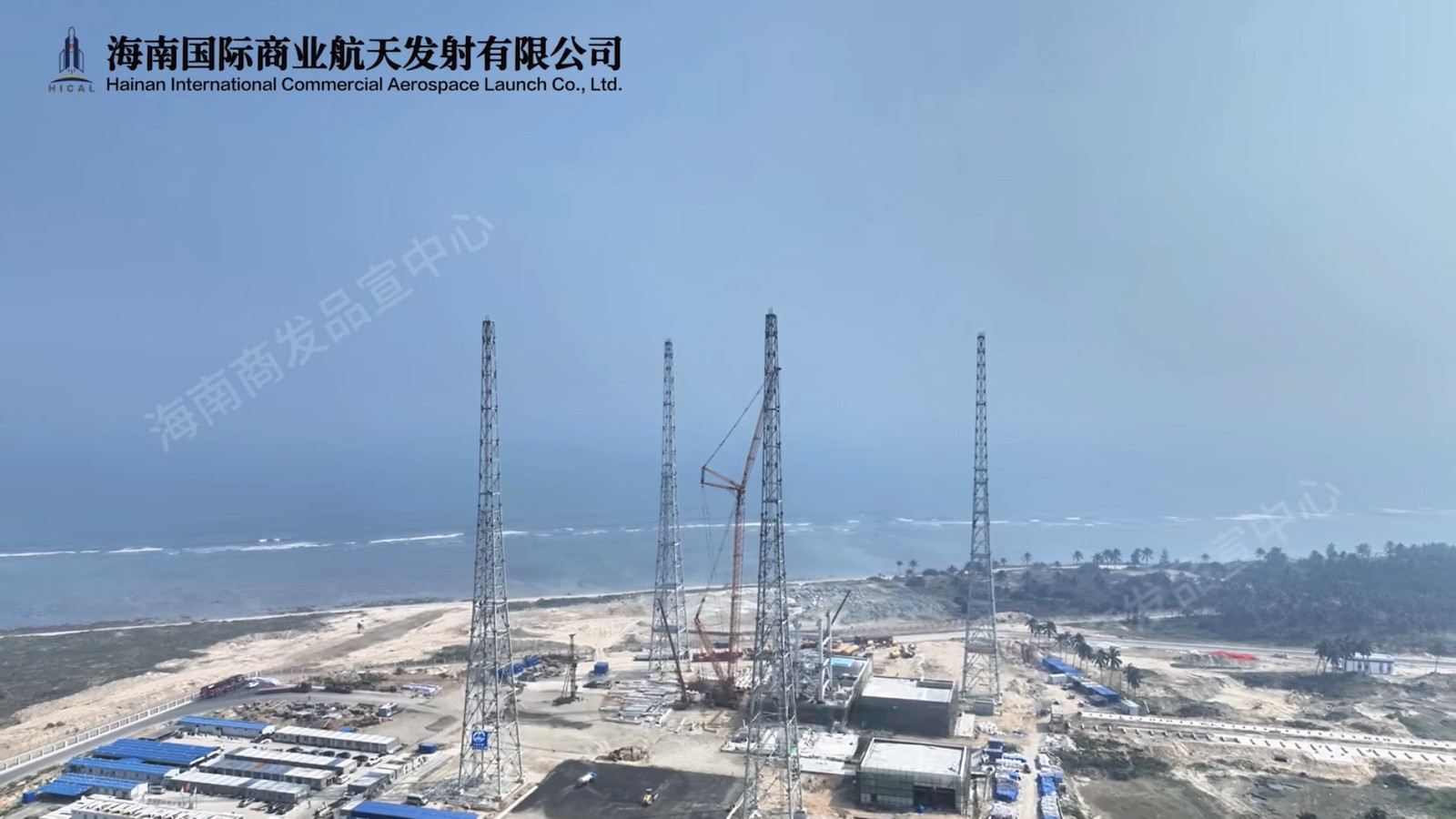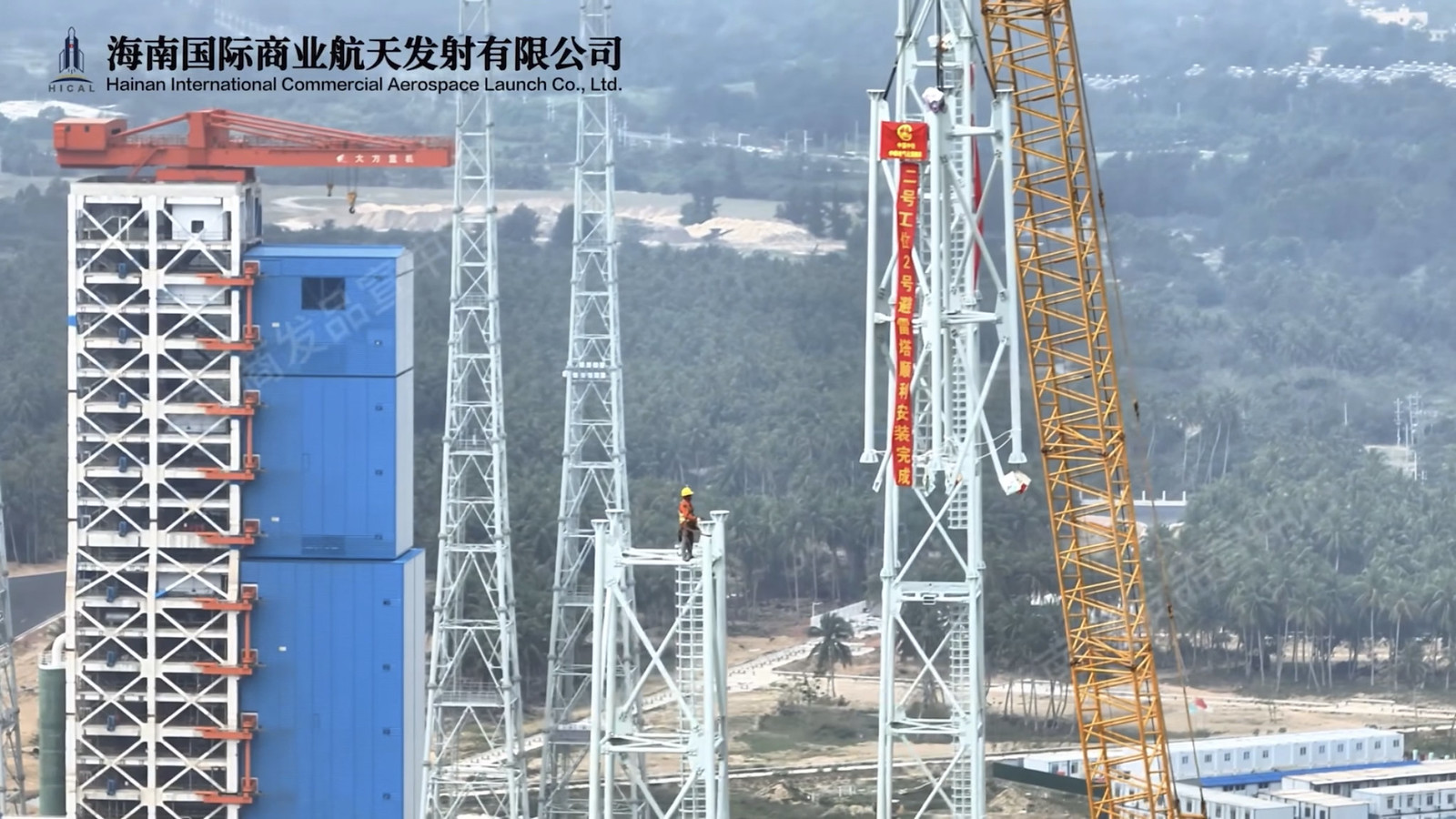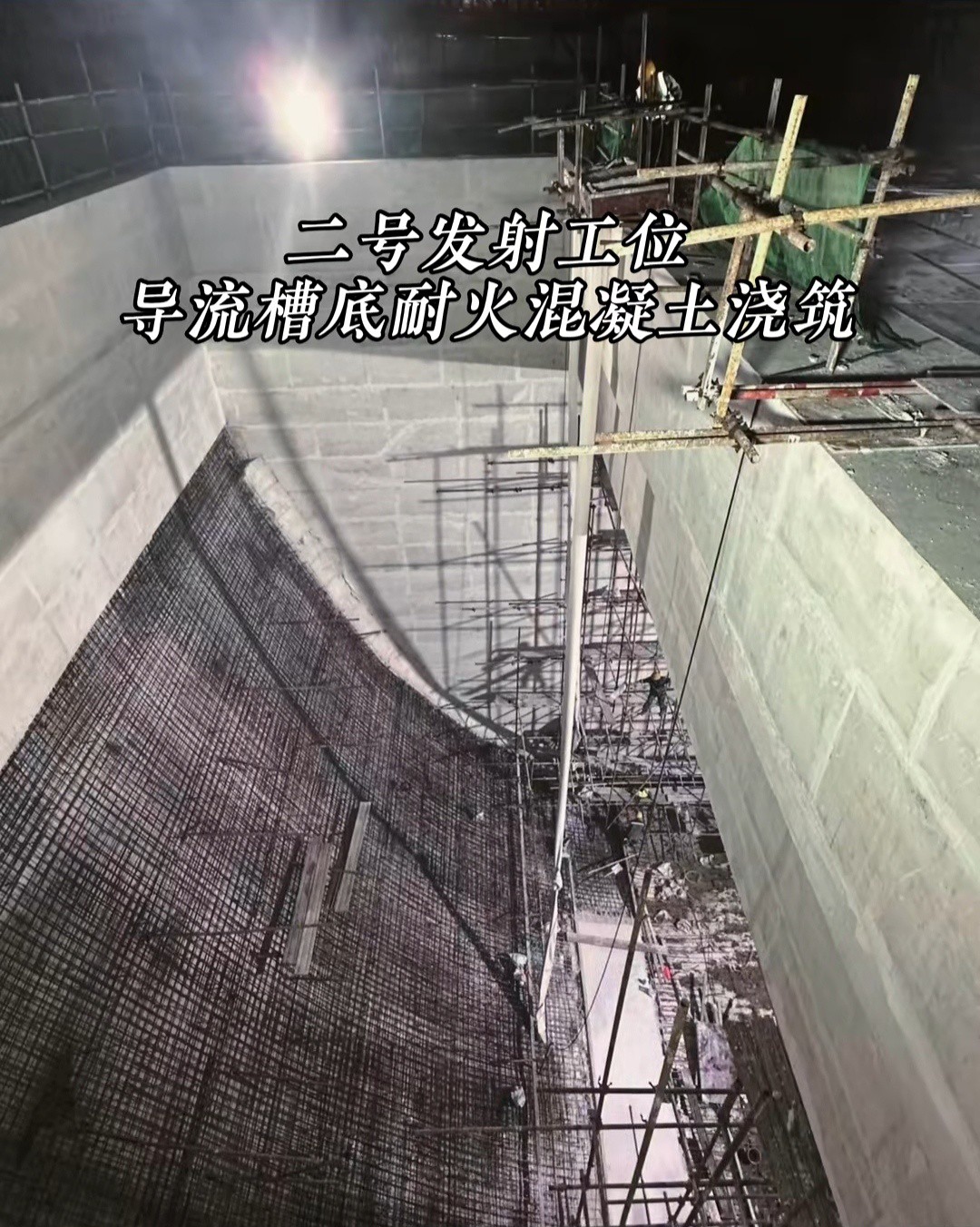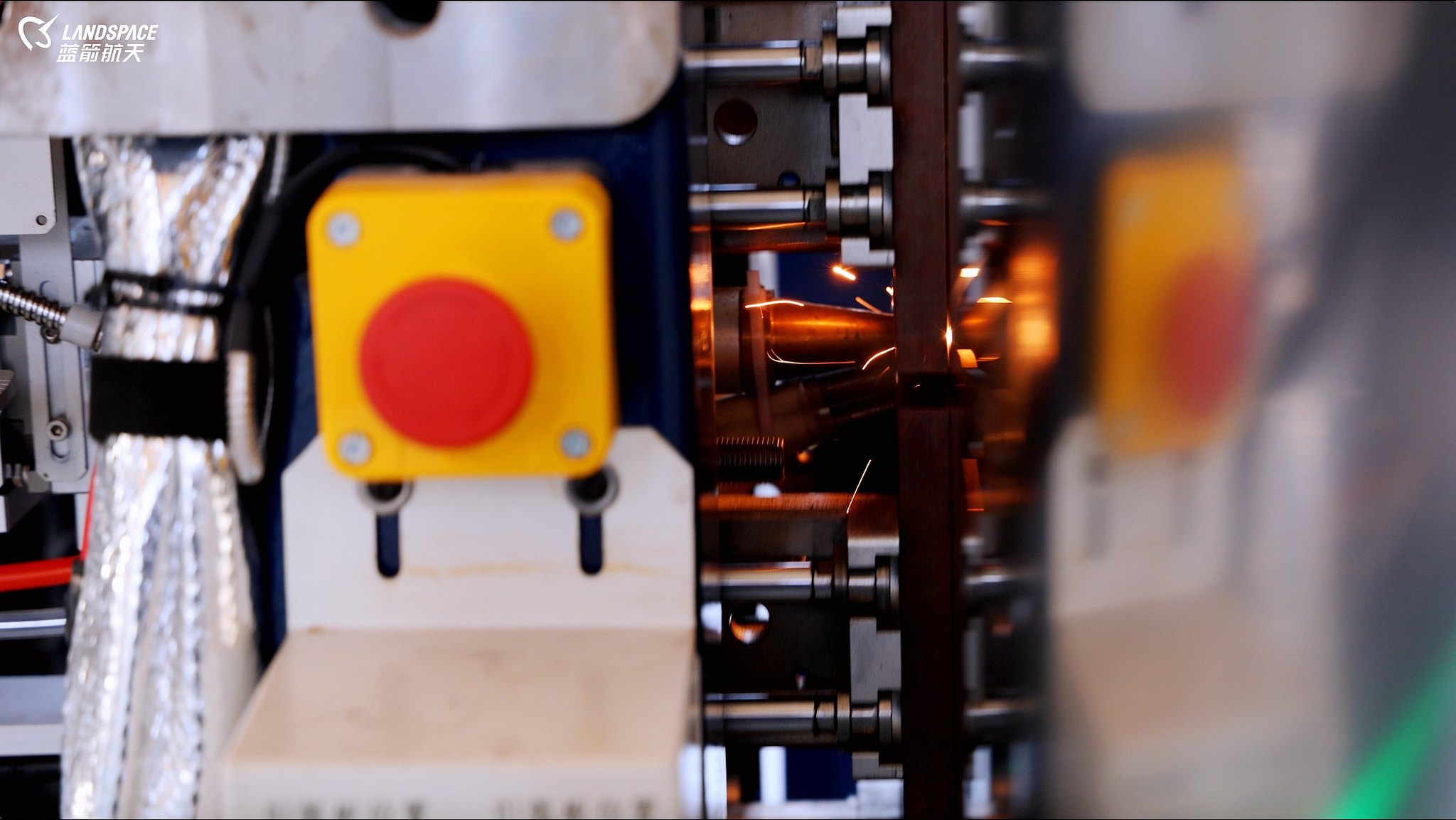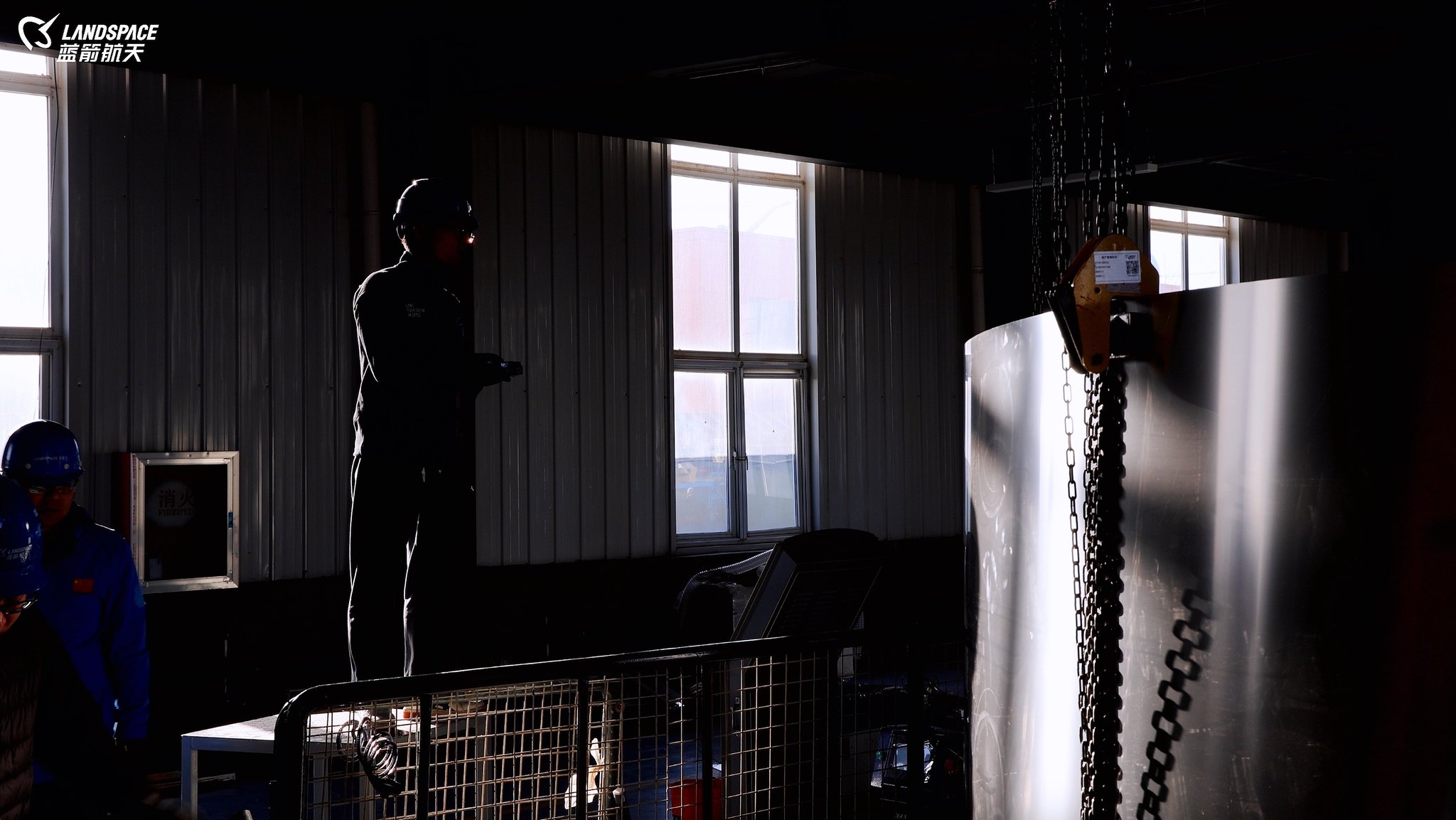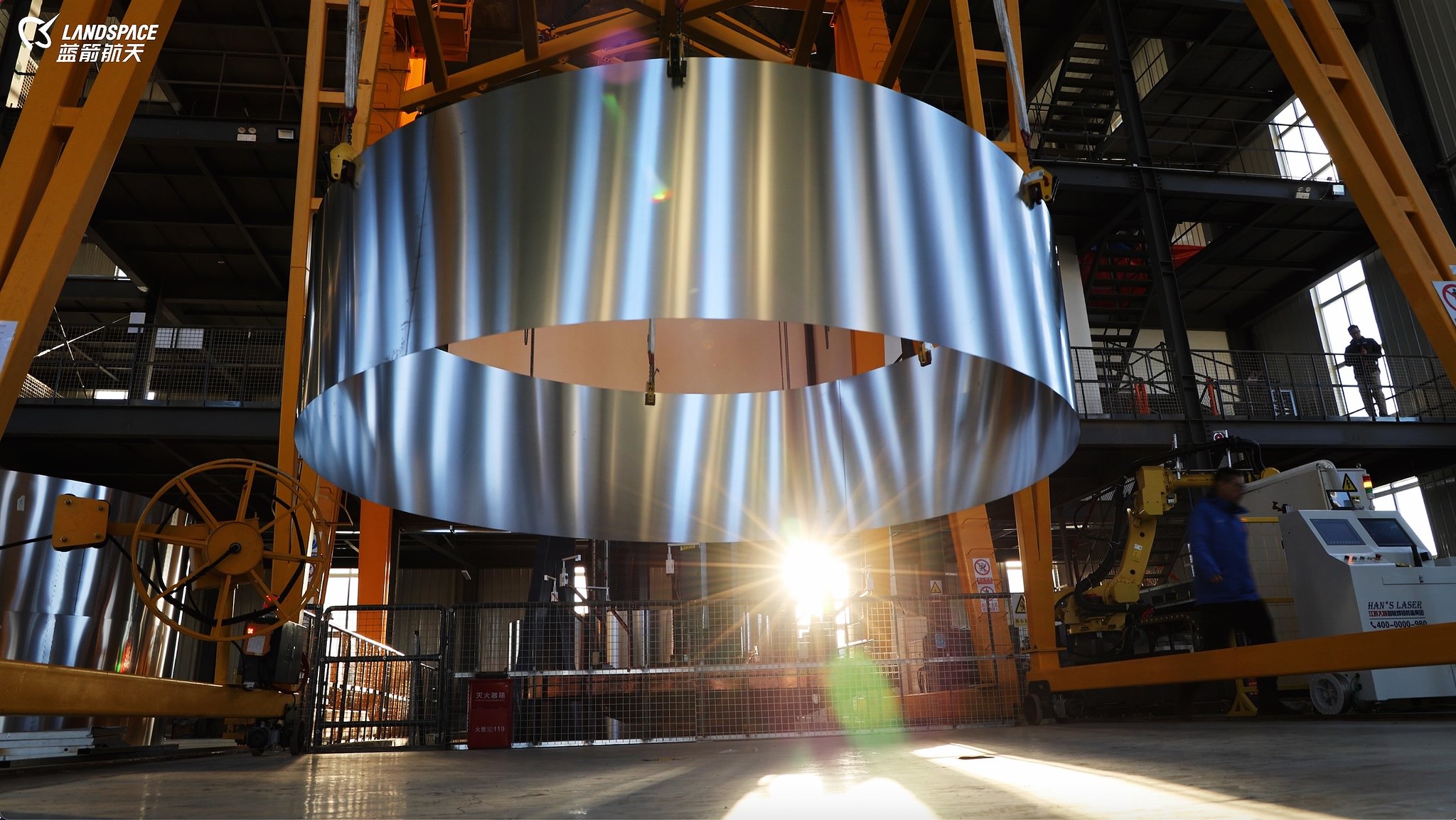With the launch of YG-39 Group 5, SSF complete the deployment of the second gen of SIGINT constellation at 35-degree inclination. Fist gen is YG-30 (30 sats lunched in 4 years, from Sep-2017 to Sep-2021). In each triplet, The sats settled into formation, spaced at 120º intervals around the orbit (giving the constellation a revisit time of 30 minutes for most locations falling within its visibility range.) with an altitude of 600km . Sats are built by Innovation Academy for Microsatellites of CAS.
2nd Gen is YG-35/36/39 (45 sats launched in 2 years, from Nov-2021 to Dec-2023, built by CAST-DFH and SAST) with an altitude of ~500km and 35° inclination. Each group will pass over the same points above Earth at different times, providing more frequent coverage over areas of interest. In Each triplet two satellites line up along the orbit at a distance of 15–20° from each other, and the third, using a low-thrust engine, tries to stay close to the tail spacecraft of the main pair. The system has five orbital planes, spaced by 72° in the longitude of the ascending node, each with three groups of satellites, spaced by 120°.
So the two constellations are likely for collection and monitoring radio and radar signal (early warning radars, air defense and missile defense radars, missile telemetry, COMINT, etc..) The presence of additional optical or SAR surveillance equipment on the satellites cannot be ruled out. The choice of 35-degree inclination orbits is interesting. It provides coverage of the world’s major population centers as well as the most frequented shipping lanes including areas of interest like the South China Sea, North Korea, the entire continental U.S. and the Chinese mainland. Yaogan-30/35/36/39 provides china with a powerful tactical and strategic tool in the form of near-continuous insight into activities across the world’s oceans and geopolitical hot spots.



